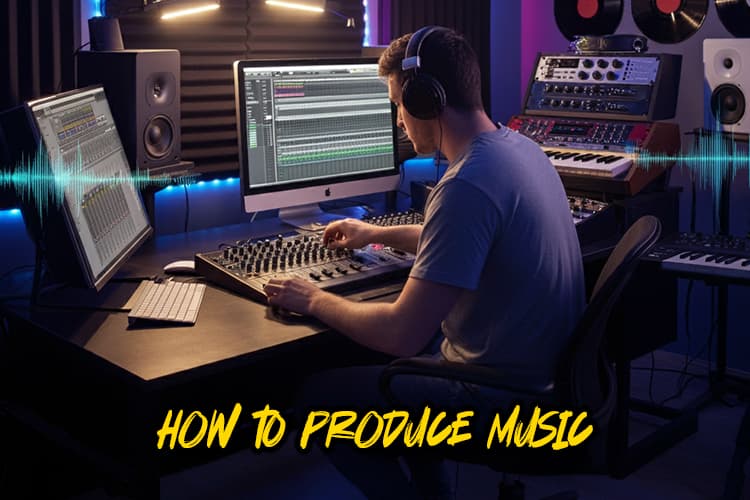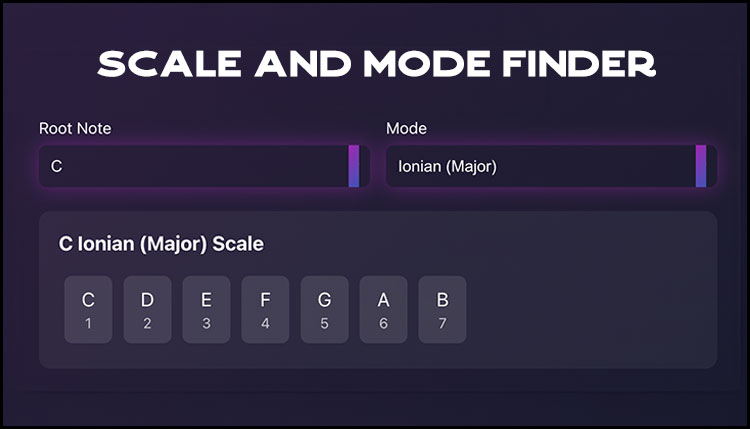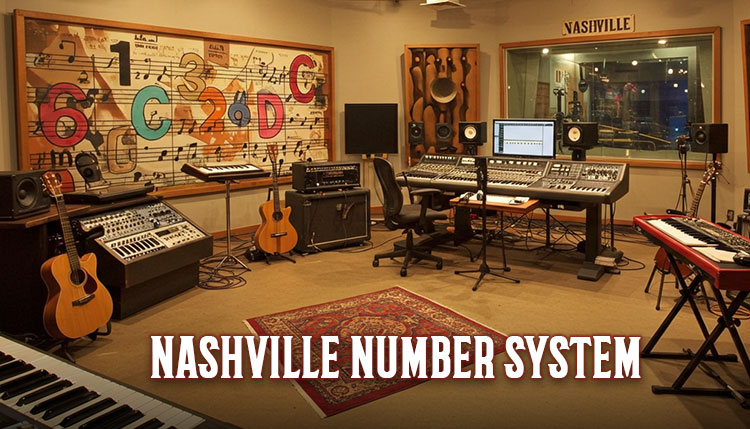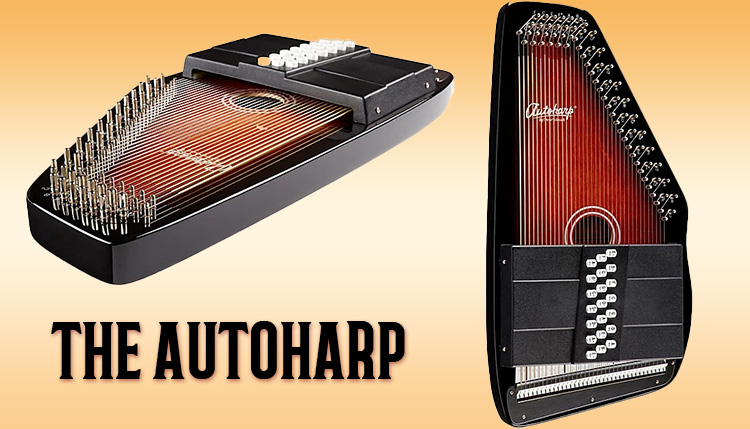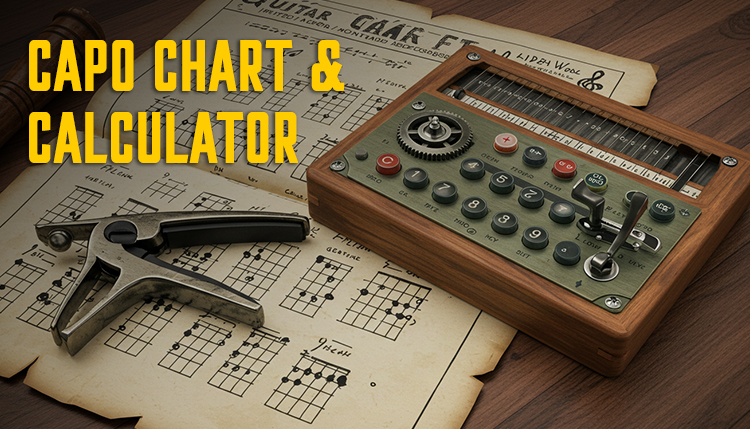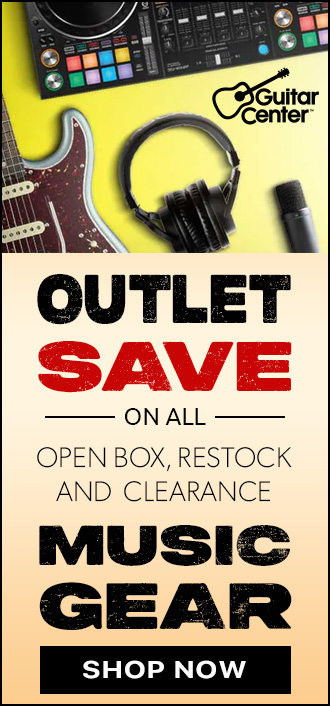Are you ready to learn how to produce music? If so, you’re in for a treat!
According to a recent survey, over 60% of aspiring musicians dream of producing their own tracks but to do that understanding music production basics is a must.
In this guide, we’ll walk you through the essentials of starting your music production journey.
From choosing the right gear to mastering the basics of music theory, we’ve got you covered.
Let’s get those creative juices flowing and start making some noise!
Essential Music Production Equipment
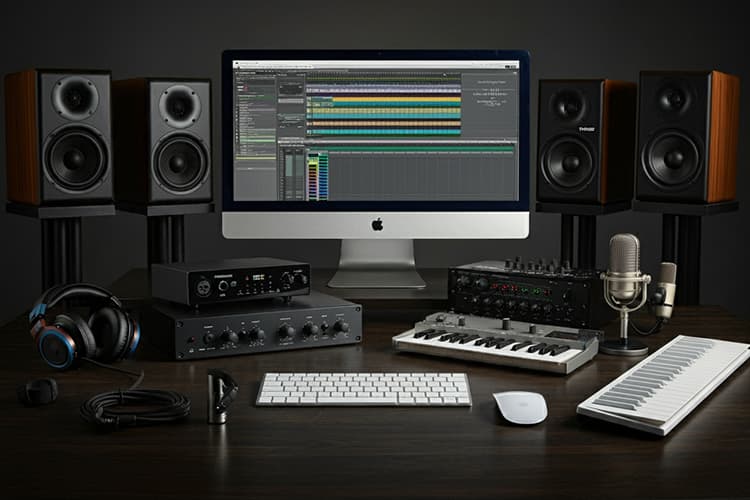
Let me tell ya, when I first started learning how to produce music I had no clue what I was doing.
I thought I could just use my ancient laptop and some cheap earbuds to make the next chart-topping hit. Boy, was I wrong!
After a few frustrating months of trying to make it work, I finally bit the bullet and invested in some proper gear got my home studio setup correctly.
Trust me, it makes all the difference in the world.
DAW
First things first, you’re gonna need a decent Digital Audio Workstation (DAW) software.
This is basically your virtual studio where all the magic happens.
I remember trying to use some free, sketchy software I found online – big mistake!
It crashed more times than I can count, and I lost hours of work.
Lesson learned: invest in a reputable DAW from the get-go.
Computer
Next up, you’ll need a computer or laptop with enough juice to handle all the processing.
I learned this the hard way when my old laptop started sounding like a jet engine every time I tried to add a new track.
Trust me, you don’t want your computer freezing up right when inspiration strikes!
Audio Interface
An audio interface is another must-have. It’s what lets you connect your instruments and mics to your computer.
I used to think I could just plug my guitar straight into the computer’s mic jack.
Let’s just say the results were… less than stellar.
Studio Monitors
Another essential piece of equipment for music production is a set of high-quality studio monitors.
These specialized speakers are designed to provide an accurate, uncolored representation of your audio, unlike regular consumer-grade speakers which often have a sculpted sound profile.
When figuring out how to mix music and master your tracks, you need to be able to hear exactly what’s going, without any misleading bass boost or treble emphasis.
Studio monitors will give you an honest, transparent playback of your work, allowing you to make informed decisions about EQ, levels, and overall mix balance.
Investing in a good pair of studio monitors is crucial if you want your music to translate well across different playback systems.
It’s better to mix on accurate monitors and make adjustments accordingly, rather than trying to compensate for the shortcomings of inferior speakers.
Trust me, your future self (and your listeners) will thank you for it.
Headphones
Don’t forget about a good pair of studio-quality headphones.
I can’t stress this enough – your music will only sound as good as the equipment you’re using to listen to it.
I used to mix everything on my cheap earbuds, and boy, did it sound terrible when I played it on any other system!
Midi Controller
A MIDI controller keyboard is super helpful for playing and recording virtual instruments.
I resisted getting one for the longest time, thinking I could just use my computer keyboard.
But lemme tell you, trying to play a piano part on a QWERTY keyboard is about as graceful as a bull in a china shop.
Microphone
Lastly, you’ll want a decent microphone for recording vocals and acoustic instruments.
I started out using the built-in mic on my phone – big yikes!
It sounded like I was singing from the bottom of a well.
Here’s a quick list of the music production essentials:
- DAW software
- Powerful computer or laptop
- Audio interface
- Studio speakers
- Studio headphones
- MIDI controller keyboard
- Quality microphone
Remember, you don’t need to break the bank on top-of-the-line gear right away.
Start with the basics and upgrade as you go. The most important thing when learning how to produce music is to just start creating!
Choosing the Right Digital Audio Workstation (DAW) to Produce Music
Alright, let’s talk DAWs. Out of all the music production essentials this one deserves a little extra attention.
Choosing the right one can feel like trying to pick a favorite child – they all have their strengths and quirks.
When I first started learning how to produce music , I was overwhelmed by all the options.
I ended up downloading about five different free trials and spent a week feeling like I was learning a new language every day!
For beginners, there are a few popular options that are worth checking out.
- Ableton Live is great for electronic music and live performances.
- FL Studio has a bit of a learning curve, but it’s super popular for hip-hop and EDM.
- Logic Pro is a solid choice for mac users and has a ton of built-in instruments and effects.
Free vs. Paid
Now, let’s talk about the eternal debate: free vs. paid DAW software.
I get it, when you’re just starting out, the idea of dropping a few hundred bucks on software can seem crazy.
But here’s the thing – free DAWs often have limitations that can hold you back as you grow.
I remember using a free DAW and getting so frustrated when I hit the track limit right in the middle of a creative burst!
That being said, there are some decent free options out there that can get you started:
- Cakewalk by BandLab is pretty solid
- GarageBand is great if you’re on a Mac
Just be prepared to upgrade eventually if you get serious about producing.
When you’re looking for a beginner-friendly DAW, keep an eye out for these key features:
- Intuitive interface
- Good stock plugins and virtual instruments
- Plenty of tutorials and community support
- Stability (nothing kills creativity like constant crashes)
One of the best pieces of advice I can give you is to try before you buy.
Most DAWs offer free trials, and I highly recommend taking advantage of them.
I spent a whole month testing out different DAWs before I finally settled on one that felt right for me.
It’s like dating – you gotta try a few before you find “the one”!
And don’t worry if it takes some time to get comfortable with your chosen DAW.
I remember feeling like a complete idiot for the first few weeks, constantly Googling “how to do [basic thing] in [DAW name]”.
But stick with it, and before you know it, you’ll be zipping around the interface like a pro.
Oh, and one last thing – don’t get too caught up in the “which DAW is best” debates online.
At the end of the day, when you’re learning how to product music, the best DAW is the one that you’re most comfortable using.
Whether that’s the industry standard or some obscure software that only you and three other people use, what matters is that it helps you create the music you want to make.
Music Production Theory

Okay, let’s dive into the world of music theory.
Now, I know what you’re thinking – “Ugh, theory? Sounds boring!”
Trust me, I felt the same way when I first started learning how to produce music.
But let me tell ya, understanding even just the basics can take your productions from “meh” to “wow”!
Rhythm, Melody, Harmony
First up, we’ve got the holy trinity of music: rhythm, melody, and harmony.
These are like the bread, meat, and cheese of your musical sandwich.
Rhythm is the backbone, the beat that gets people moving.
Melody is the catchy tune that people hum in the shower.
And harmony? That’s the secret sauce that makes everything sound rich and full.
I remember when I first tried to put these elements together.
My beats were all over the place, my melodies sounded like a cat walking on a keyboard, and harmony?
Forget about it! But with practice (and a lot of YouTube tutorials), things started to click.
Scales and Chords
Next, let’s talk about scales and chord progressions. These are like the building blocks of music.
Scales are just a series of notes that sound good together, and chord progressions are… well, a progression of chords. Shocking, I know!
I used to think I could just mash random keys together and create a masterpiece.
Spoiler alert: it didn’t work out so well.
Song Structure
Understanding basic song structure is another game-changer.
Most pop songs follow a pretty standard format: verse, chorus, verse, chorus, bridge, chorus.
Of course, you can mix it up, but knowing this structure gives you a solid foundation to build on.
I remember the first time I consciously applied this structure to a song – it was like magic!
Suddenly, everything flowed so much better.
Now, I know all this theory stuff can seem overwhelming. Trust me, I’ve been there.
I used to stare at music theory books like they were written in ancient Greek.
But here’s the good news – there are tons of great online music production courses out there for learning theory.
YouTube is a goldmine – channels like Andrew Huang and Signals Music Studio break things down in a way that actually makes sense.
Here are some key areas to focus on when learning music theory:
- Basic rhythm and time signatures
- Major and minor scales
- Common chord progressions
- Song structure and arrangement
Remember, you don’t need to become a theory expert overnight when learning how to produce music. Start with the basics and build from there.
And don’t be afraid to break the rules once you know them!
Some of the best music comes from pushing boundaries and trying new things.
Oh, and one last tip – try to apply what you’re learning to songs you love.
Figure out the chord progression of your favorite pop song, or try to identify the scale used in that killer guitar solo.
It’ll help make the theory more tangible and, dare I say it, even fun!
The Art of Sound Design for Music Production

Alright, buckle up folks, ’cause we’re diving into the wild world of sound design!
This is where things start getting really fun – and sometimes a little weird.
I remember when I was learning how to produce music and the first time I really got into sound design, I spent hours making the most bizarre noises.
My roommate thought I was summoning demons or something!
Synthesizers
Let’s start with synthesizers and virtual instruments. These bad boys are like the mad scientists of the music world.
You can create pretty much any sound you can imagine (and plenty you can’t).
When I first started playing around with synths, I felt like a kid in a candy store. So many knobs and buttons to tweak!
Of course, I had no idea what most of them did at first. I just turned everything to 11 and hoped for the best. Pro tip: that’s not the best approach.
Drum Samples
Next up, we’ve got drum samples. Creating and manipulating these is an art form in itself.
I used to think all kick drums sounded the same – boy, was I wrong!
You can spend hours tweaking a single snare sound. And don’t even get me started on layering samples.
The first time I layered a kick drum with a sample of me slapping a watermelon (don’t ask), it was like a whole new world opened up. HAHA!
If you’re interested in making beats check out some of the best beat making software.
Audio Effects
Now, let’s talk about audio effects. These are like the spices in your musical recipe.
A little reverb here, a dash of delay there, and suddenly your track goes from bland to grand.
Compression was a tough one for me to wrap my head around at first.
I kept wondering why my tracks sounded so squashed and lifeless.
Turns out, more isn’t always better when it comes to compression!
Sound Libraries
One of the best things you can do when you’re starting out is to explore sound libraries and sample packs.
It’s like having a huge toybox of sounds to play with.
I remember downloading my first sample pack and feeling like a kid on Christmas morning.
Of course, I then proceeded to use the same wub-wub bass in every track for the next month.
Don’t be like me – variety is the spice of life!
Here are some key areas to focus on in sound design:
- Understanding basic synthesis (subtractive, FM, wavetable)
- Creating and layering drum samples
- Using effects creatively
- Building your own sound library
Remember, sound design is all about experimentation.
Don’t be afraid to make “bad” sounds – sometimes the weirdest noises end up being the most interesting.
And hey, if all else fails, just slap some distortion on it and call it “avant-garde”!
Oh, and one last thing – be careful of falling down the sound design rabbit hole.
I’ve lost whole days tweaking a single synth patch. Sometimes, you’ve gotta know when to say “good enough” and move on.
After all, a finished track with “okay” sounds is better than an unfinished masterpiece!
Music Production Wrap Up
Congratulations! You now know how to produce music, a step towards starting a career in music.
According to a study by Midia, 59% of aspiring independent musicians have released songs professionally, indicating a strong interest in music production among independent artists.
The future is learning how to produce your own music!
Remember, every producer started somewhere, so don’t be afraid to experiment and make mistakes along the way.
The key is to keep practicing, learning, and most importantly, having fun with your creations.
Who knows? Your next track could be the one that gets the world dancing!
So fire up that DAW, put on your headphones, and let’s make some music magic happen.
The future of music is in your hands – are you ready to press play on your production career?

